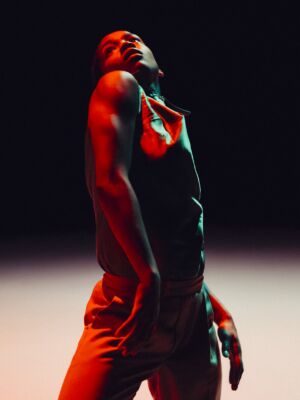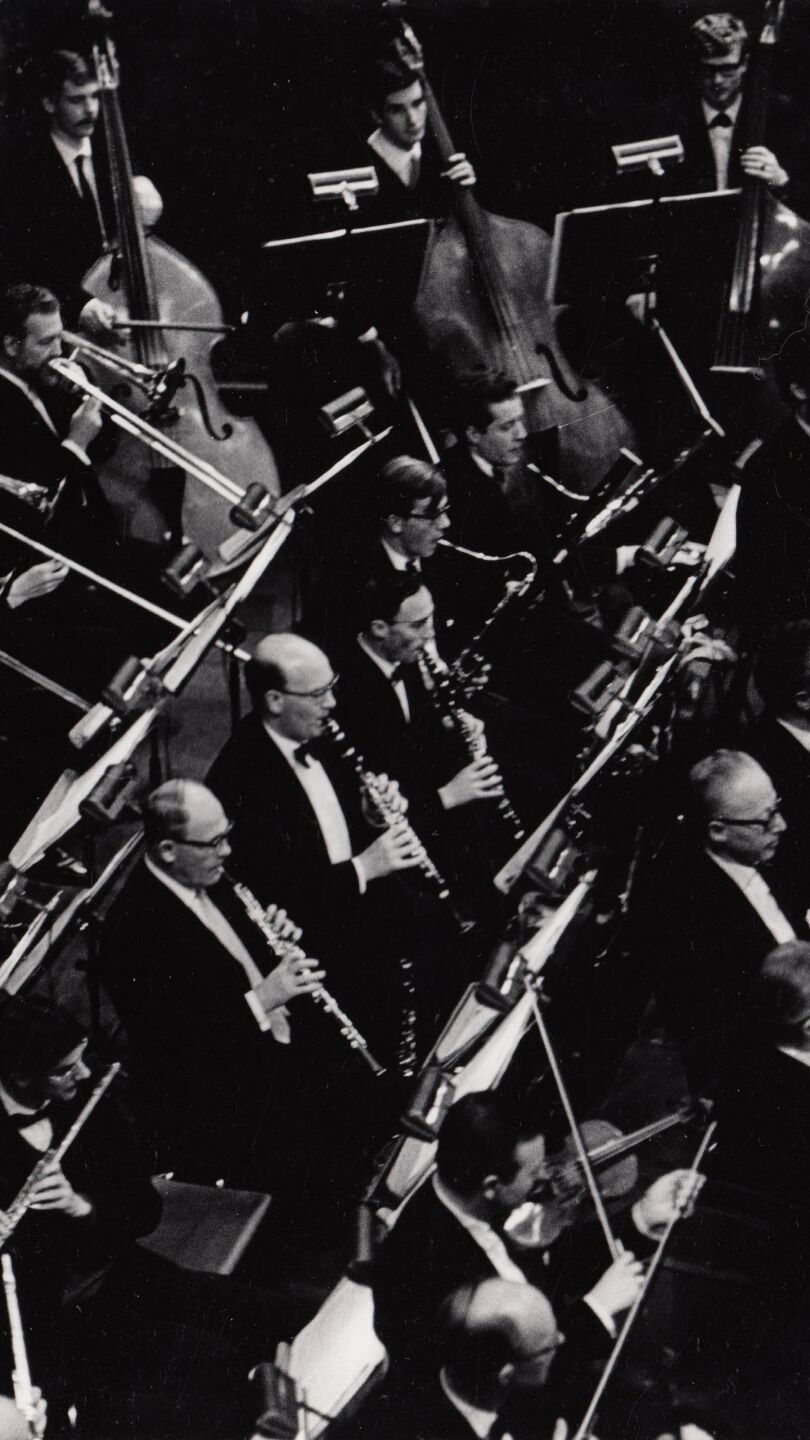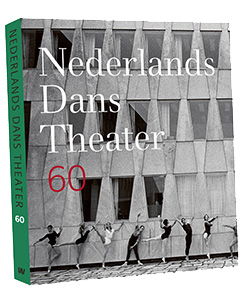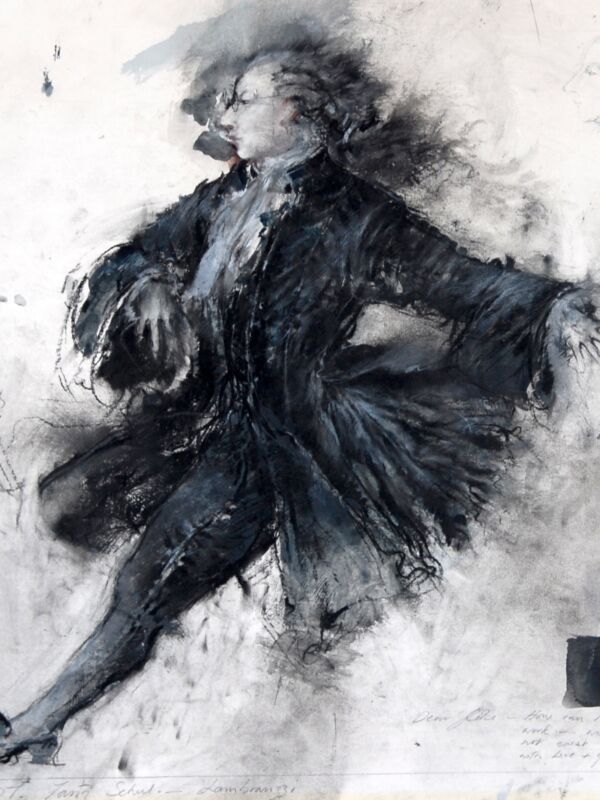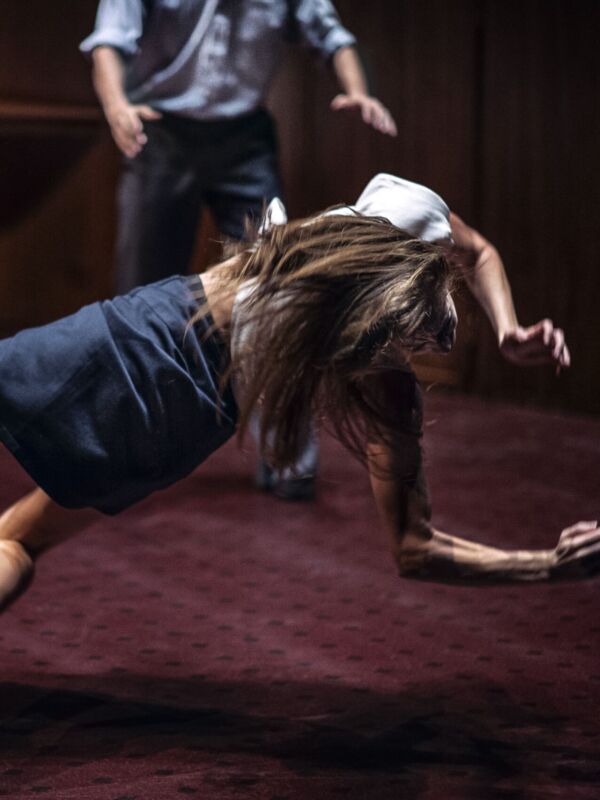by Eddy van Dijken, musician Nederlands Balletorkest
Photo: Orchestra by Ger van Leeuwen
“This photo of het Balletorkest dates back to the orchestra’s early days – the tumultuous years around 1965. Both Nederlands Dans Theater and Dutch National Ballet wanted to collaborate with an orchestra and each institution applied for governmental funding. In the end, they received money for a shared orchestra, with 45 musicians, performing with both companies. I was the orchestra’s principal horn player, as well as a pianist. During the first few seasons, we performed on 120 evenings: sixty times for each company. As times passed that number increased significantly. Since we played many different scores, which tended to be rich and elaborate, the orchestra also expanded in size and quality. Nowadays, musicians are used to tight routines and schedules, but certainly back then there was a lot of flexibility. The programme could change rather easily, sometimes even on the day of the performance, as one of the dancers was injured for instance. Then all of a sudden the venue in Tilburg was short of a trombone player or Enschede would be stuck with an extra flutist. An extremely challenging environment for an orchestra!
Both dance companies had their own conductor at that time. A precise tempo and right beginning – it is very hard and different with each dancer and cast. Also, there are different types of music for classical and modern ballet. The first conductor for Nederlands Dans Theater was Louis Stotijn. He had been accompanying them for some time, while also performing with other orchestras. One of his successors, Jan Stulen, was instrumental to both the orchestra and Nederlands Dans Theater. We travelled a lot during Stulen’s tenure as conductor – we would follow the company all over Europe. It’s hard to imagine these days, that an entire dance company and orchestra would go on tour together. But somehow Carel Birnie always managed to make the numbers work. An incredible man! He wouldn’t take no for an answer and always made things happen. No matter what. It was possible you ended up in a situation where some members of the orchestra had to move into the hallway because the pit was too small, or the instruments would take up all the space in the aisle of a small DC-3 plane, so that even the flight attendant couldn’t pass through – it was pure madness. But in Birnie’s world, in those early years of the orchestra, nothing was impossible.”


